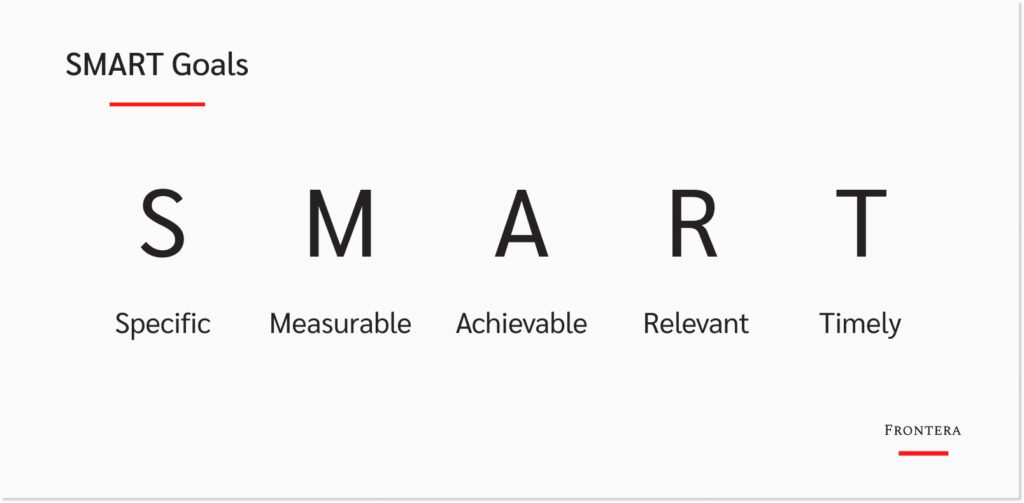Can SMART personal goals help you to become more successful in life?
I confess.
I didn’t believe in goal-setting for a long time. After all, I’ve always forgotten to continue working on my New Year’s Resolutions by February every year.
But after reading dozens of articles and books on success and execution and testing the techniques myself; now I’m a believer. It works.
Remember that setting SMART personal goals is only the first step to success.
You’ll learn how to set them in this post with examples.
Goal-Setting Principles
You have a desire to fulfill or a problem to solve. You need to turn it into a goal.
The five principles of the goal-setting theory will help you at this step:
- Your goals should be clear.
The clearer the goal, the easier it gets to achieve. - The goal should be sufficiently challenging.
Too challenging, you’ll get discouraged. Too easy, it won’t matter. - You should be committed to the goal.
As goals are born from desires, your desire must be strong to make you
committed. Weak desire equals weak commitment. - You should make yourself accountable for your goal.
Share your goal and how you are going to achieve it with people. Use
social pressure to your advantage. - Use milestones.
Turn your long-term target into daily, weekly & monthly milestones. It’s
easier to stay on track when you have small wins on a regular basis.
Setting SMART Goals
Now, there are different acronyms to define the criteria for a proper goal. My
favorite is SMART.
It turns the principles above into filters you can use. See what each letter
stands for:

Specific – What exactly do you want to achieve? Why do you want to achieve it and what will happen once you achieve it?
Measurable – How do you know that you have achieved this goal? What is your key performance indicator (KPI) and how will you track your progress?
Achievable – Are these targets realistic? Is there enough challenge involved to keep you motivated? What are the chances of you achieving this goal?
Relevant – Is this goal important? Does it align with your long-term goal or future plans? Does it take into consideration how this goal will impact your ultimate vision?
Timely – What is the deadline to achieve this goal? What are the repercussions of not achieving this goal in a timely fashion? Remember Parkinson’s Law to set a challenging deadline.
Detailed Personal SMART Goal Example
Now, let’s turn the “Getting fit” desire into a SMART goal.
SMART Goal: I will get to 80kg with 12% body fat in six months by eating healthy food, avoiding alcohol, and training 4 times a week. I’ll do three days of resistance training, one day of boxing, and keep my daily calorie intake below 2500.
Specific – Getting to 80kg with 12% body fat.
Measurable – Output: 80kg with 12% body fat. Can be turned into monthly progressive milestones. Input: Training 4 times a week, eating healthy food, daily calorie intake below 2500, and avoiding alcohol.
Achievable – Achievable compared with where you are today.
Relevant – Being healthy and fit is important for you.
Timely – In six months.
More SMART Personal Goals Examples
- Get to C1 level in Spanish by the end of the year by talking 20 minutes of Spanish with my wife and practicing 15 minutes on an app daily.
- Invest in an index fund with 15% of my income every month until the end of the year.
- Grow blog visitors 5x by writing 100 blog posts until the end of the year.
This article is the second section of the “How to Turn Your Dreams into Reality” guide.
Get it below for free to learn how to prevent procrastination after you set your personal SMART goals.
Frequently Asked Questions
Having too many goals dilutes your focus. Have at most 5 SMART personal goals at any time.
Of course. SMART goals work perfectly for your personal or business goals.
You need a system to prevent procrastination and track your execution. See more details here.
